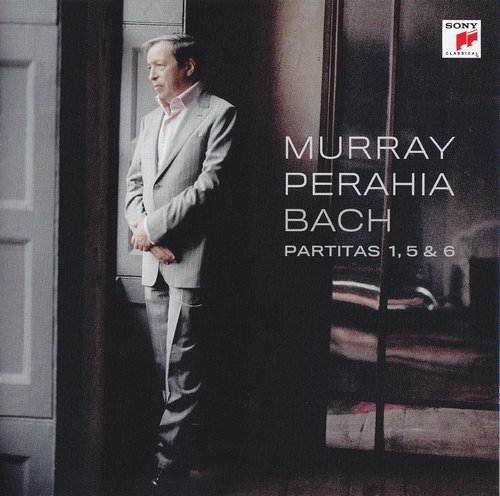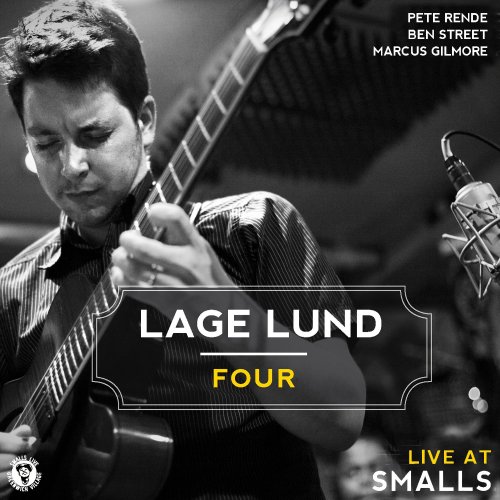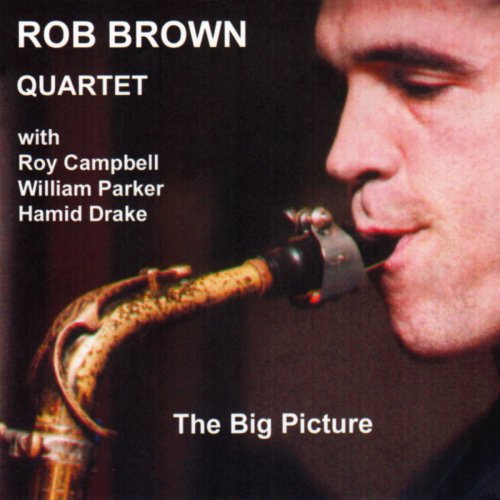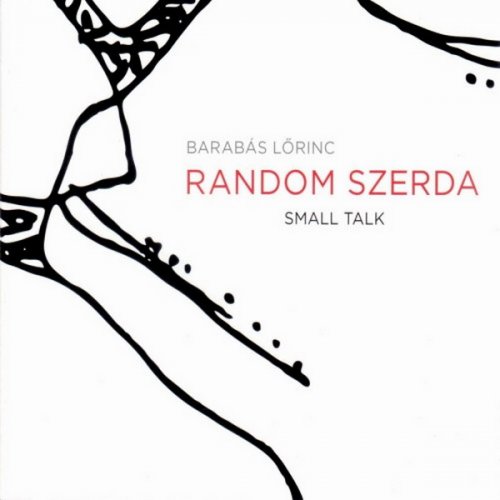Murray Perahia - J.S. Bach: Partitas Nos. 1, 5 & 6 (2009) CD-Rip

Artist: Murray Perahia
Title: J.S. Bach: Partitas Nos. 1, 5 & 6
Year Of Release: 2009
Label: Sony Classical
Genre: Classical
Quality: FLAC (image+.cue,log,scans)
Total Time: 01:09:41
Total Size: 238 Mb
WebSite: Album Preview
Tracklist: Title: J.S. Bach: Partitas Nos. 1, 5 & 6
Year Of Release: 2009
Label: Sony Classical
Genre: Classical
Quality: FLAC (image+.cue,log,scans)
Total Time: 01:09:41
Total Size: 238 Mb
WebSite: Album Preview
Partita Nr. 1 B-Dur, BWV 825 - 18:35
1. I. Praeludium - 1:59
2. II. Allemande - 3:08
3. III. Courante - 2:53
4. IV. Sarabande - 5:02
5. V. Menuet I & II - 3:17
6. VI. Gigue - 2:16
Partita Nr. 5 G-Dur, BWV 829 - 20:39
7. I. Praeambulum - 2:16
8. II. Allemande - 4:31
9. III. Courante - 1:43
10. IV. Sarabande - 4:20
11. V. Tempo di Minuetto - 2:02
12. VI. Passepied - 1:45
13. VII. Gigue - 4:03
Partita Nr. 6 e-moll, BWV 830 - 30:36
14. I. Toccata - 8:08
15. II. Allemande - 3:11
16. III. Courante - 4:24
17. IV. Air - 1:33
18. V. Sarabande - 5:33
19. VI. Tempo di Gavotta - 1:56
20. VII. Gigue - 5:51
Performers:
Murray Perahia, piano
Murray Perahia is one of the few genuine stars of the piano. His recordings of Bach have been widely, although not universally acclaimed, and even the doubters have to concede that sheer force of personality has helped him command the attention of audiences. The six Bach partitas seem to go together as a set, but Perahia differentiates them to a point where you feel you have all you can handle with just a single disc; the present release is the second in a set of two. None of this is to say that his Bach is of the flashy type. He keeps the tempo within moderate bounds, even in the final gigues where most pianists cut loose, and his playing overall is quiet and finely detailed, with very light extra ornamentation in the repeats. It's in the details that he shines: sample the alternating quasi-improvisatory and contrapuntal sections of the opening Toccata of the Partita No. 6 in E minor, BWV 830, where you feel as though the piece is being analyzed as you listen, with each dissonance peeled back as if the music were being dissected. Yet the music never loses its basic warmth. The inner dissonances that make themselves known to anyone who plays Bach seriously are all exposed here, taken slowly and gracefully enough that they seem to hang in the air, and further delineated by a range of articulation that brings the movements into sharp contrast even as the overall tenor stays constant. The Tempo di Minuetto of the Partita No. 5 in G major, BWV 829 (track 11), seems lighter than air. Perahia has combined a basic lyricism with the precision of a player like Alfred Brendel, and the results are stunning. The rather detached sound environment of the Rundfunkzentrum Berlin where the music was recorded is perfectly appropriate to what Perahia is trying to do here; he is drawing the listener into Bach readings that are among the most detailed available.







![The Mood Mosaic - Soul Seduction (2025) [Hi-Res] The Mood Mosaic - Soul Seduction (2025) [Hi-Res]](https://www.dibpic.com/uploads/posts/2025-12/1766135288_d5rmbmuwqtmya_600.jpg)
![Milton Man Gogh - Fully Stretched (2025) [Hi-Res] Milton Man Gogh - Fully Stretched (2025) [Hi-Res]](https://www.dibpic.com/uploads/posts/2025-12/1766080588_cover.jpg)